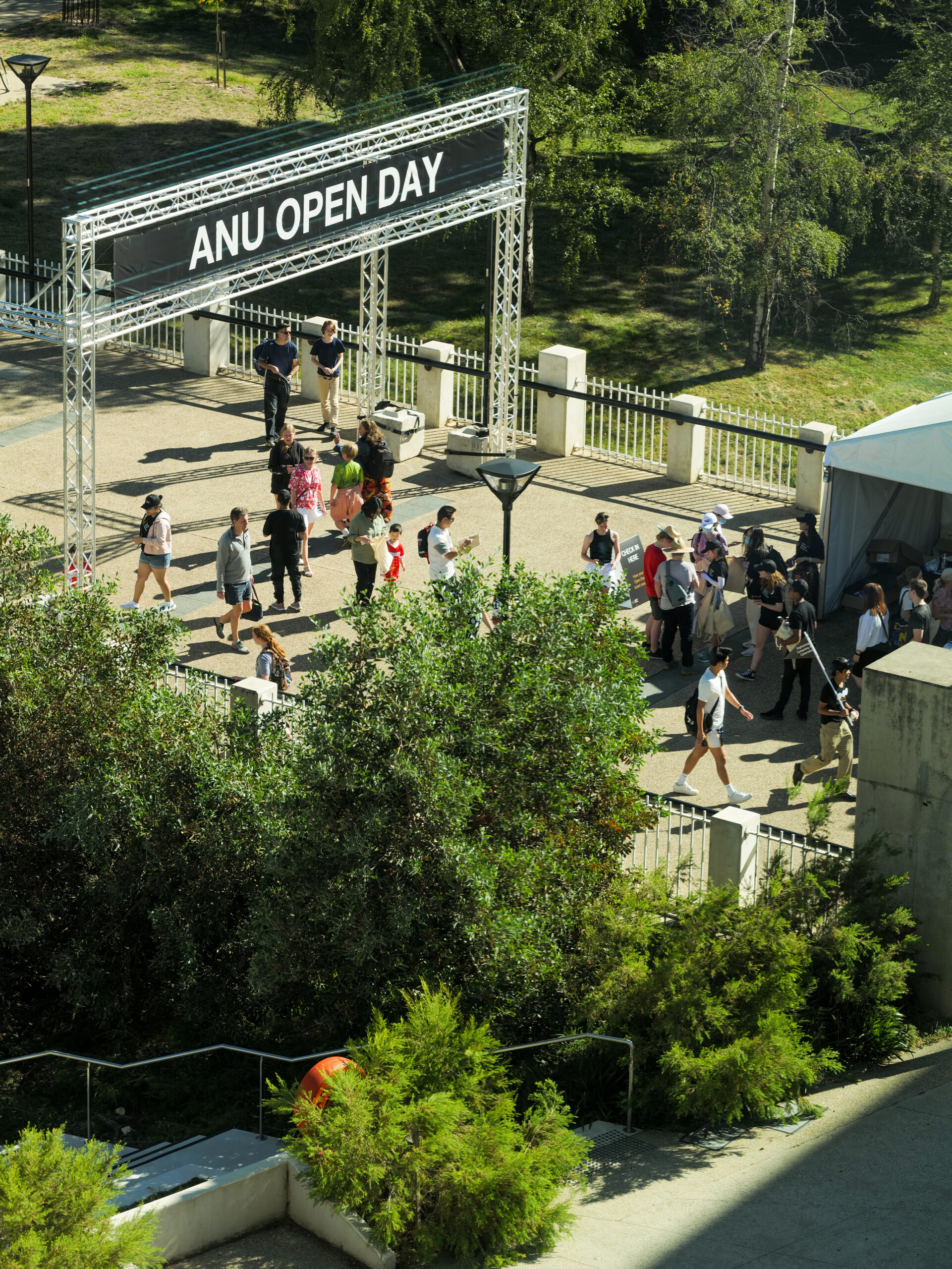ANU Open Day 2023 was held on the 18th of March, where students toured campus and residential accommodation and learned about academic colleges, degree programs and campus life. But how much does Open Day cost, and did it play a big role for current students when deciding to study at ANU? Woroni investigates.
Information sessions for introductions to degrees and careers available at ANU were mostly held in Manning Clark, the Cinema and T2 of the Cultural Centre in Kambri. Deputy Vice-Chancellor (Academic) Grady Venville delivered the Welcome to ANU Speech. There were 75 different activities with 5000 prospective students attending.
Despite Open Day being held in Kambri, the heart of campus, many students did not feel disturbed. A third-year engineering student living on campus told Woroni that she “didn’t even know when Open Day was.”
At $306,731.83, the total spending on Open Day 2023 was under the $350,000 budget by $43,268.17.
The University did not spend the $10,000 budgeted for Facilities casuals, although a number of volunteers, from Senior Residents to volunteers for Engagement and Success, worked on the day.
The only section that cost more than expected was merchandise. ANU spent $2,594.20 more than budgeted due to the unexpected cost of air freight. Despite bucket hats and t-shirts being ordered in 2022, with the intention of shipping by sea in order to reduce costs and environmental impact, increased factory delays caused by COVID-19 pushed the ANU to use air freight this year.
Bucket hats were surprisingly the most expensive item besides event setup, costing $44,205 to purchase 5000. An awareness campaign to promote the change of date of Open Day from August to March came in at second, costing $40,000. ANU Vice-Chancellor Brian Schmidt stated that the new date was more suitable because of more early entry “conditional offers based on year 11 and indicative year 12 results”.
Mahisha, a third-year student from Newcastle, responded to bucket hats being the most expensive item by suggesting that “they should use the money to not make so many course cuts instead. Or keep teachers instead of firing them left and right.” Staff and students have recently protested low wages, mass redundancies during COVID-19 and the low conversion rate of casual staff to permanent roles. Course cuts to the College of Arts and Social Sciences due to “corporate logic” have disgruntled students.
Sam, another third-year student, also shares similar concerns on spending the “extra money we’re paying for commerce, law and humanities” on bucket hats.
A $3000 Guess Who rebrand was cancelled due to the high cost and brand incompatibility. No money was lost when ANU decided not to proceed with the rebrand. A fourth-year student commented that she would have “really liked it” and discussed the possibility of Brian Schmidt and other staff appearing on the game.
There was also an emphasis on accessibility in this year’s Open Day. ANU originally planned to spend $8000 to bus in students from regional areas who might not otherwise have been able to attend a University Open Day. This was reduced to a smaller-scaled project with a single bus, costing $1375. A shuttle bus ran every 12 minutes to transport students across campus, starting at the Cultural Centre and going through Uni Lodges and Residential Halls on Daley Road. Live streams were also available for students unable to attend in person.
Woroni found that only three out of the eight current students interviewed attended Open Day before enrolling. This may be because many lived out of state. However, attendance from Canberra locals is mixed, despite the relative ease. One Canberra student did not attend Open Day before applying, but another did. A third-year law student from Sydney that didn’t go to Open Day before enrolling reasons that this may be because early entry, introduced for Year 11 students in 2020, disincentivized students from going since they treated ANU as a “back-up option.”
As the university sector records a $5.3 billion surplus, students can expect the ANU to devote more resources and money to events like Open Day. It is unclear how effective Open Day was, but the reactions from current students suggest a mixed impact.
We acknowledge the Ngunnawal and Ngambri people, who are the Traditional Custodians of the land on which Woroni, Woroni Radio and Woroni TV are created, edited, published, printed and distributed. We pay our respects to Elders past and present. We acknowledge that the name Woroni was taken from the Wadi Wadi Nation without permission, and we are striving to do better for future reconciliation.
